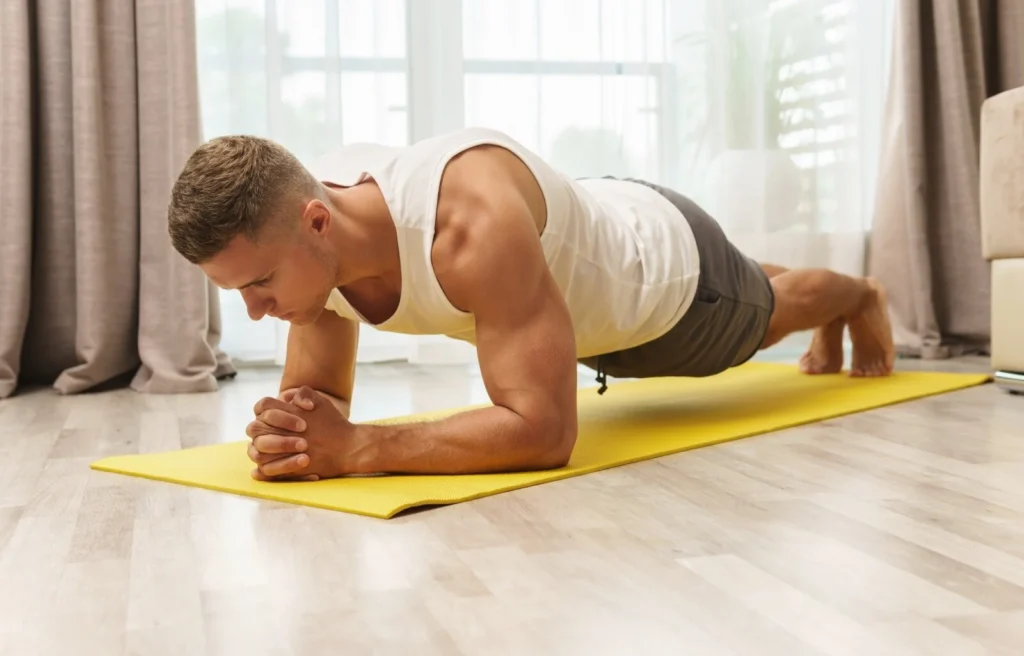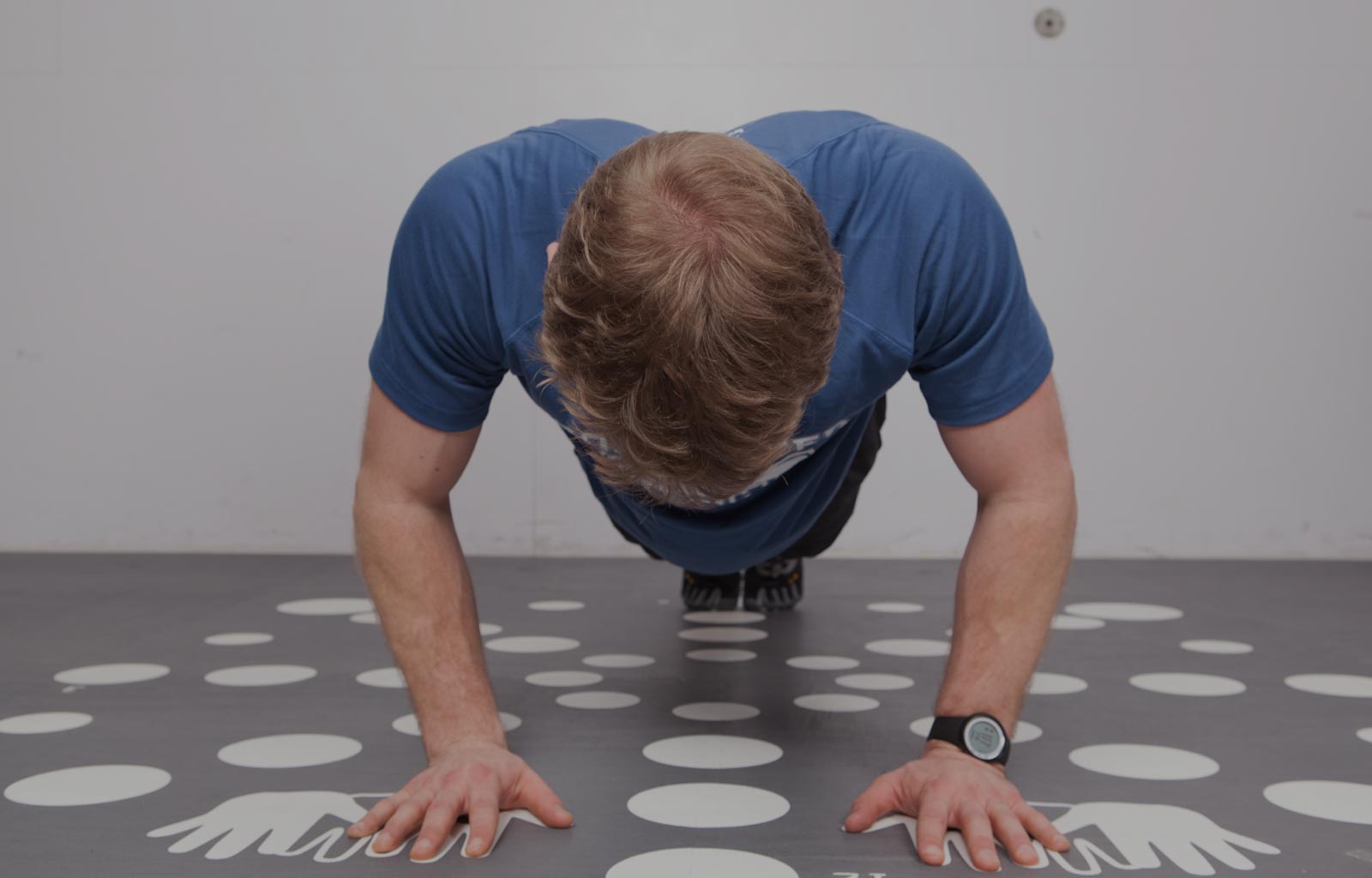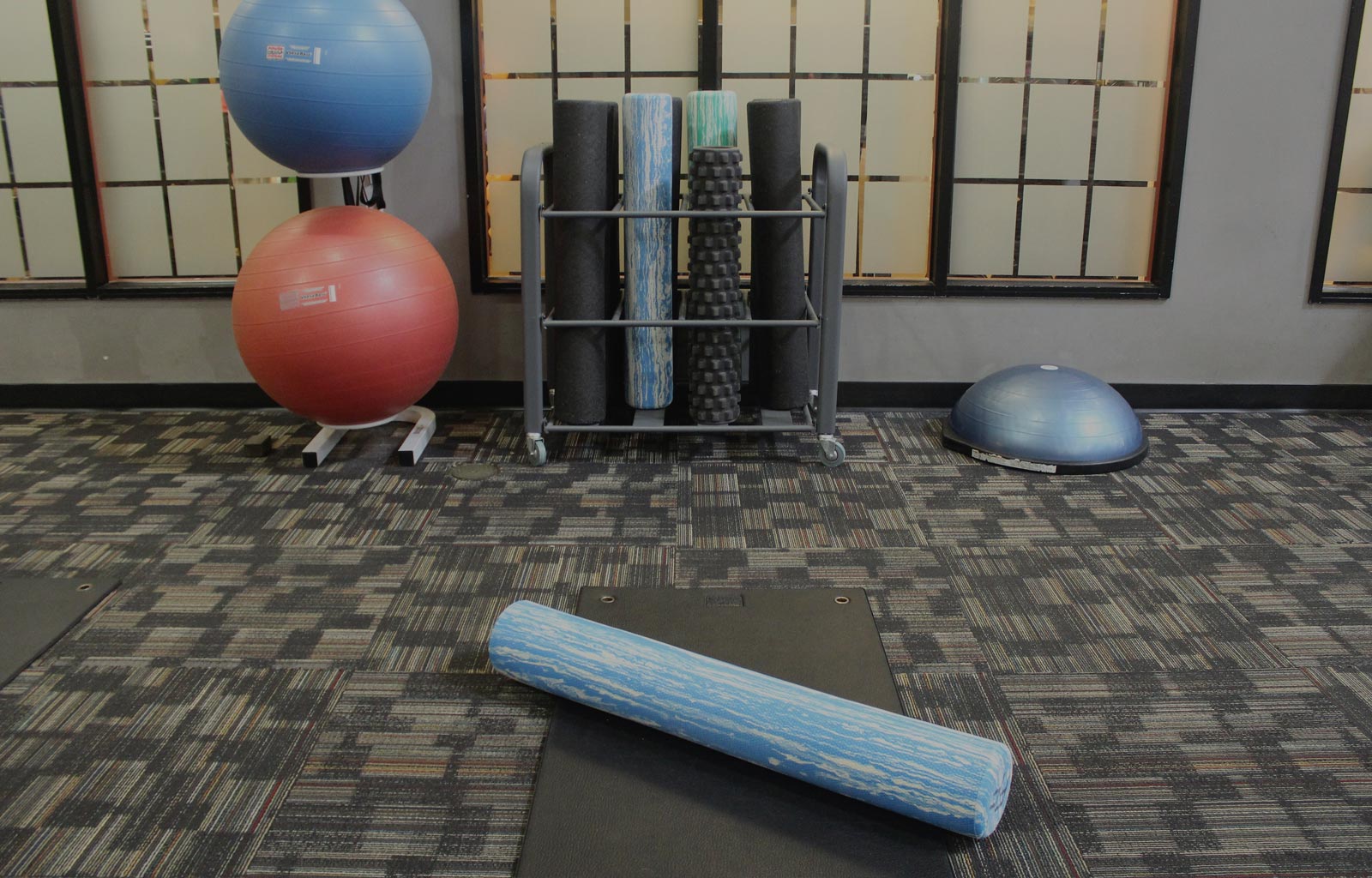What is Isometric Training?
Isometric exercise involves the contraction or engagement of a specific muscle or muscle group without movement of the joint for a set period of time (typically between 3 and 10 seconds). In other words, the muscle doesn’t noticeably change length. This type of exercise can be done in one position and can be effective for maintaining strength and improving muscle activation. Common isometric exercises include planks, wall sits, dead hangs, and glute bridges.
What Are the Benefits?
- Improve stabilization. Isometric exercises can improve strength in a specific position. They can be useful for stabilizing joints and strengthening the core. This in turn can help improve posture. As the muscles of the core get stronger, individuals can maintain correct posture with less effort. Optimal posture can help alleviate pain and prevent injury.
- Injury Rehab. Isometric exercises can be useful in the case of an injury because often moving an injured body part can be painful. Isometric exercise allows for muscle engagement without movement and therefore little to no pain.
- Exercising with Arthritis. Arthritis can be aggravated when moving a joint through a large range of motion. Isometric exercise can be a good starting place for individuals with arthritis because it allows for low-impact muscular training without irritating the joint.
Limitations of Isometric Training
- Isometric exercises are not effective for building speed or athletic performance because they are done in a static position.
Example Isometric Exercises
Try some of these common isometric exercises! Perform 3 reps of each holding for 30-60 seconds. Remember to keep breathing normally.
- Plank
When performing, think about drawing your navel toward your spine and tipping your pelvis backwards. Keep your torso straight and rigid, forming a straight line from your shoulders to your heels.
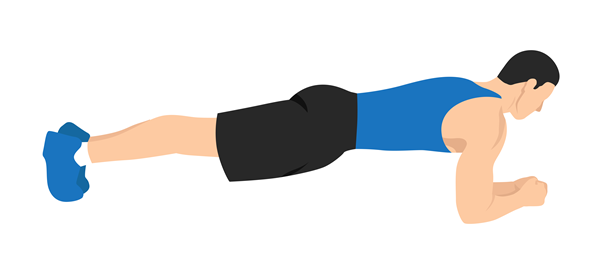
- Dead Hang
Using an overhead bar, grip the bar with an overhand grip. Keep your arms straight and hold this position without the feet touching the ground.
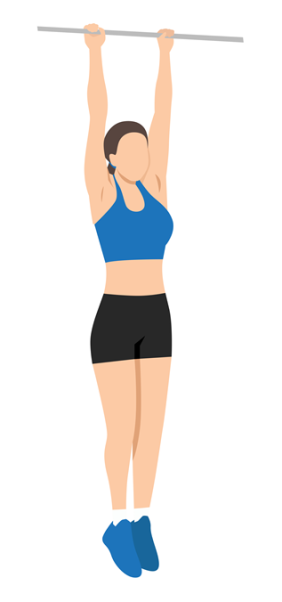
- Glute Bridge
Press your heels into the ground to lift your hips off the ground. Squeeze the glutes and maintain a neutral spine.
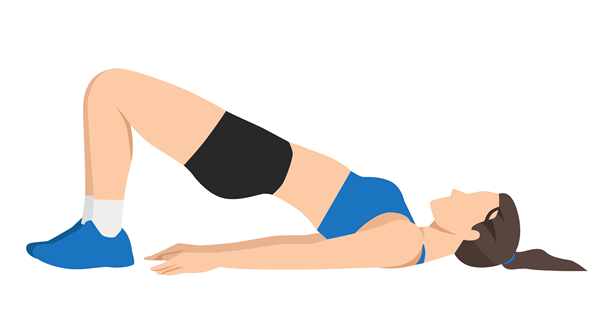
- Wall Sit
Start with your back against a wall and your feet shoulder width apart (about 2 feet from the wall). Slowly lower down until you are in a squat position and your knees are directly over your ankles. Keep back flat against the wall.
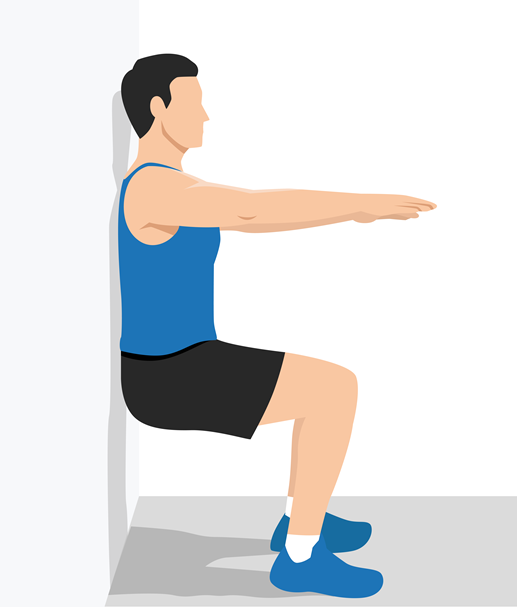
References:
1. https://www.mayoclinic.org/healthy-lifestyle/fitness/expert-answers/isometric-exercises/faq-20058186
2. https://health.clevelandclinic.org/what-is-isometric-exercise
